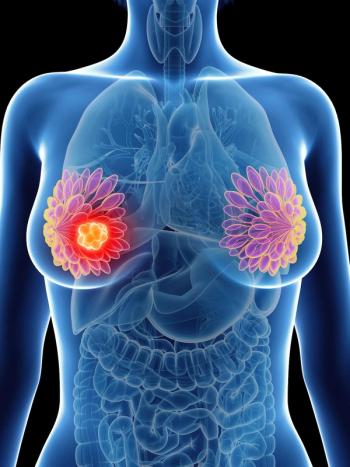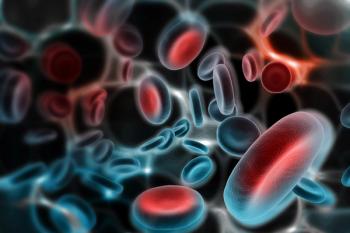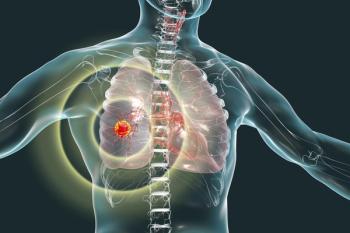
Olanzapine Prevents Chemo-Induced Nausea
Adding the antipsychotic drug olanzapine to a standard antiemetic regimen significantly improved prevention of nausea caused by emetogenic chemotherapy.
Adding the antipsychotic drug olanzapine to a standard antiemetic triplet regimen significantly improved prevention of nausea caused by emetogenic chemotherapy. In a large, randomized phase III clinical trial, 74% of patients had no induced nausea in the first 24 hours after chemotherapy compared with 45% of patients who received the triplet combination regimen plus placebo (P = .002).
The results of the phase III trial were
In the 25 to 120 hours after chemotherapy delivery, 42% and 25% of patients who received the triplet regimen plus either olanzapine or placebo, respectively, experienced no nausea (P = .002).
Chemotherapy-induced nausea and vomiting (CINV) is a significant issue for cancer patients as it can greatly affect their quality of life and can result in the delay or discontinuation of treatment.
The current standard antiemetic regimen is typically an NK1-receptor antagonist (aprepitant or fosaprepitant), a 5-HT3–receptor antagonist, and dexamethasone. These agents, when combined, typically prevent early- and late-onset vomiting in about 60% of patients, according to prior studies, but work less well for nausea prevention.
Rudolph M. Navari, MD, PhD, of the Indiana University School of Medicine–South Bend, and colleagues randomized 380 patients who were prescribed treatment with a highly emetogenic chemotherapy-cisplatin (≥ 70 mg/m2) or cyclophosphamide/doxorubicin-1:1 to an NK1-receptor antagonist, a 5-HT3–receptor antagonist, and dexamethasone plus either placebo or 10 mg oral olanzapine.
“Our study showed that olanzapine combined with an NK1-receptor antagonist, a 5-HT3–receptor antagonist, and dexamethasone is more effective than placebo combined with these agents for the prevention of nausea and vomiting in patients with no previous chemotherapy who are receiving highly emetogenic chemotherapy,” wrote the study authors.
The median age of patients was 57 and 72% were female. The primary tumor type among patients was breast (64%) followed by lung (13%).
The initially chemotherapy-naive patients were given the antiemetic regimen prior to and after chemotherapy on days 1–4. The primary endpoint was nausea prevention, and the secondary endpoint was no emesis or use of rescue medication (considered a complete response).
The complete response rate was also significantly increased with olanzapine for all three time frames: 86% compared with 65% in the first 24 hours (P < .001), 67% compared with 52% between hours 25 and 120 (P = .007), and 64% compared with 41% after 120 hours (P < .001).
Five percent of patients in the olanzapine arm experienced severe sedation on day 2 of the regimen. The sedation resolved by days 3–5 even though patients continued to take the drug.
Several prior phase III studies have also suggested that olanzapine could help to control nausea and vomiting induced by chemotherapy.
According to the study authors, there is still a question of whether other doses of olanzapine may affect the efficacy of CINV control and whether the drug can continue to work with multiple chemotherapy cycles.
Newsletter
Stay up to date on recent advances in the multidisciplinary approach to cancer.


















































































